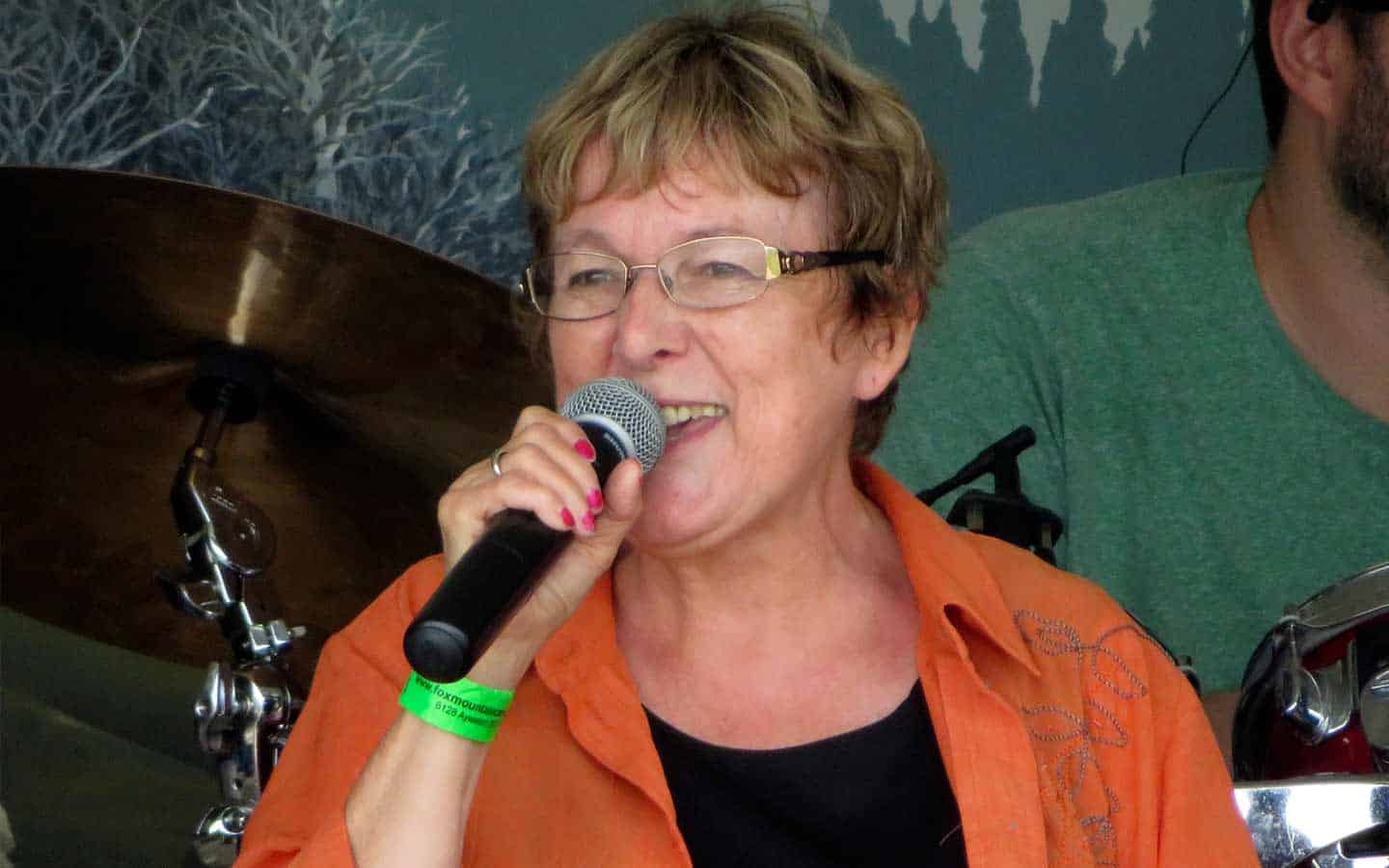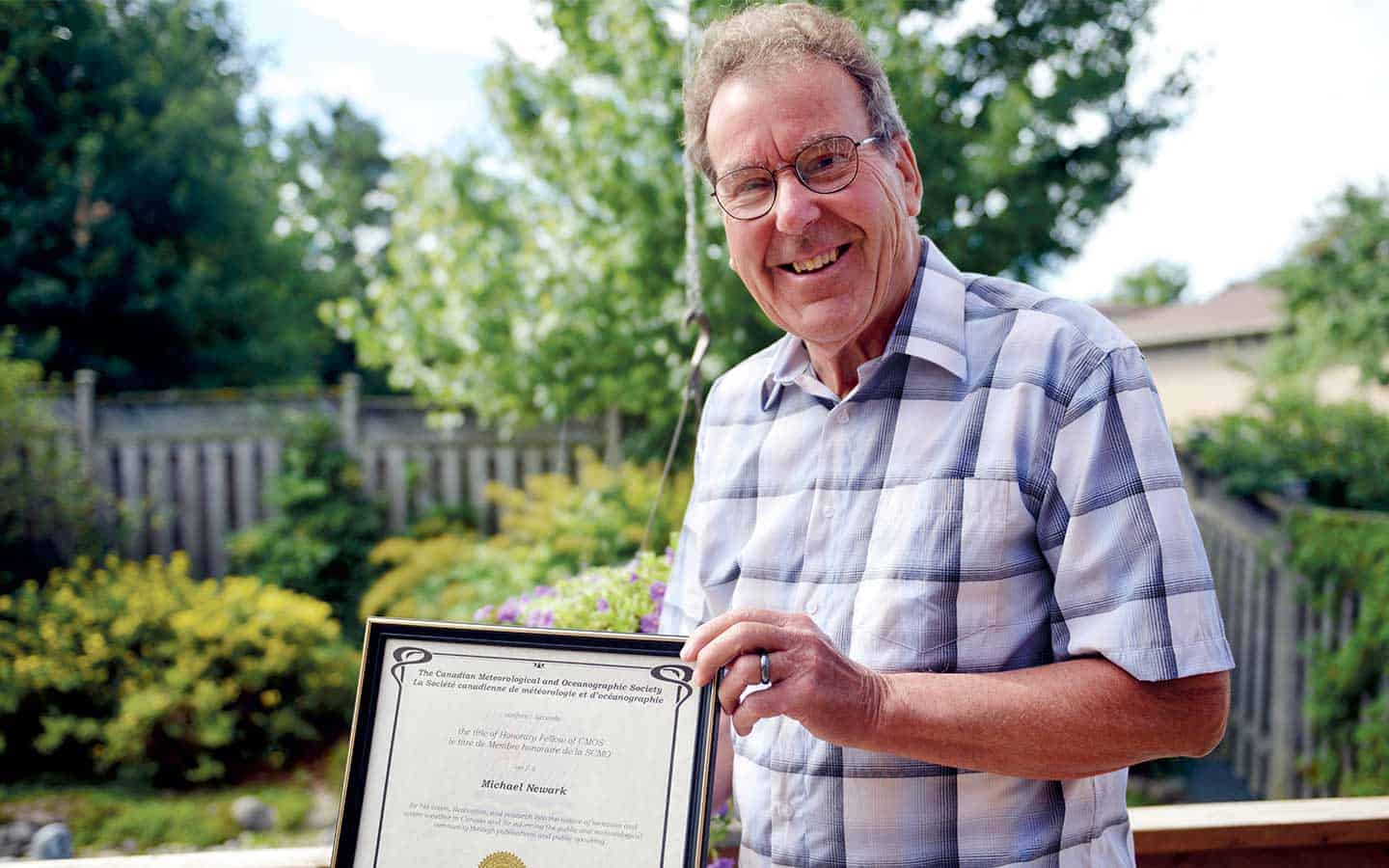;
;
;

A Wellesley resident’s pioneering efforts in studying tornadoes has earned him a prestigious honour for his contributions to Canadian meteorology. Michael Newark was last month named an Honorary Fellow of the Canadian Meteorological and Oceanographic Society (CMOS). The designation, given to an indi
Last updated on May 03, 23
Posted on Aug 29, 19
3 min read
